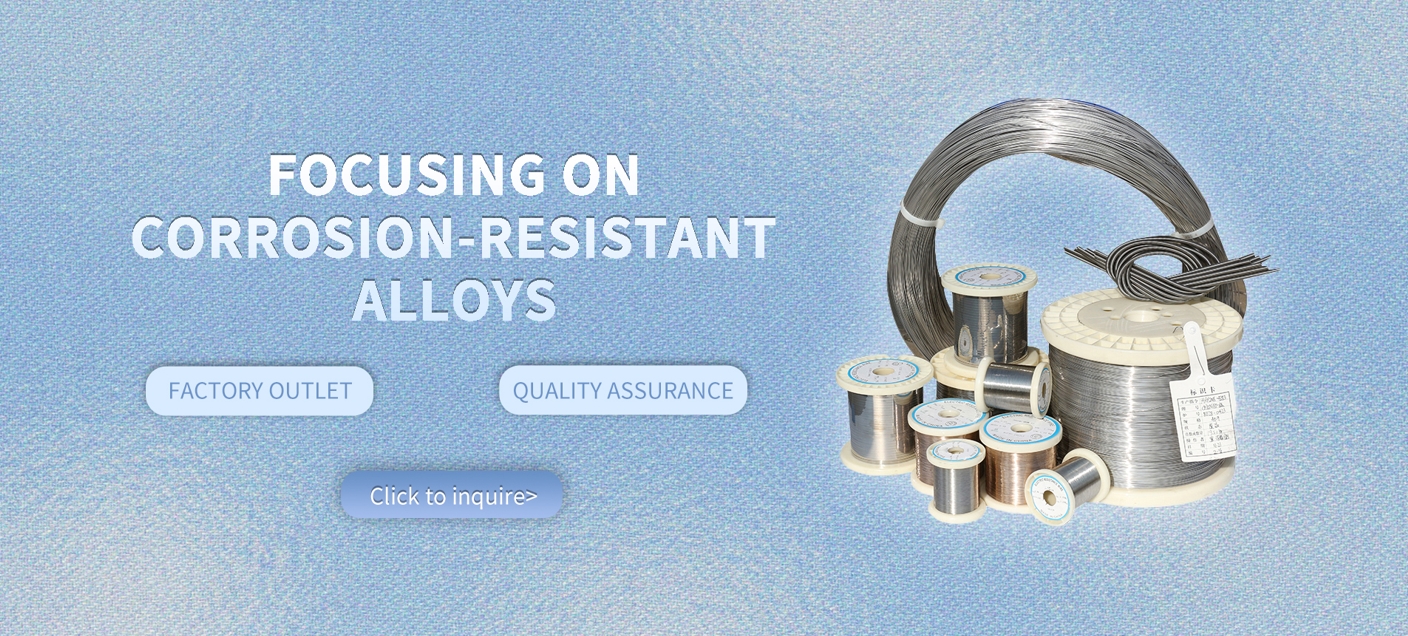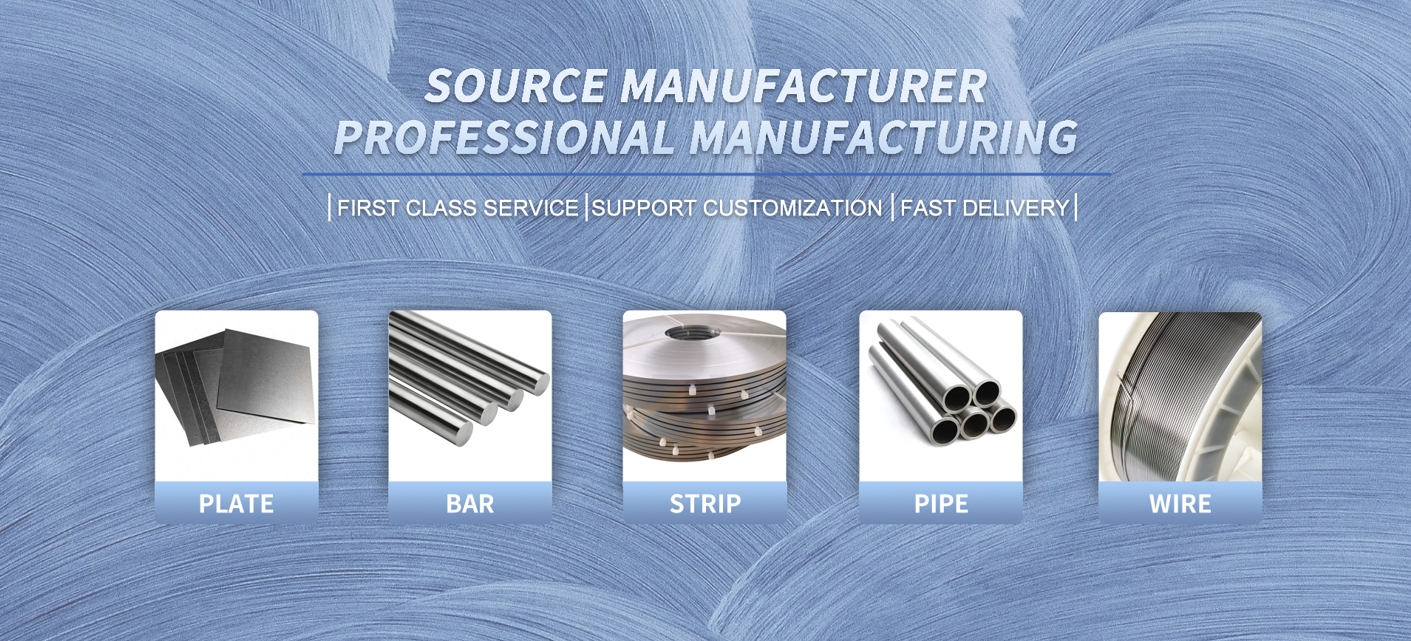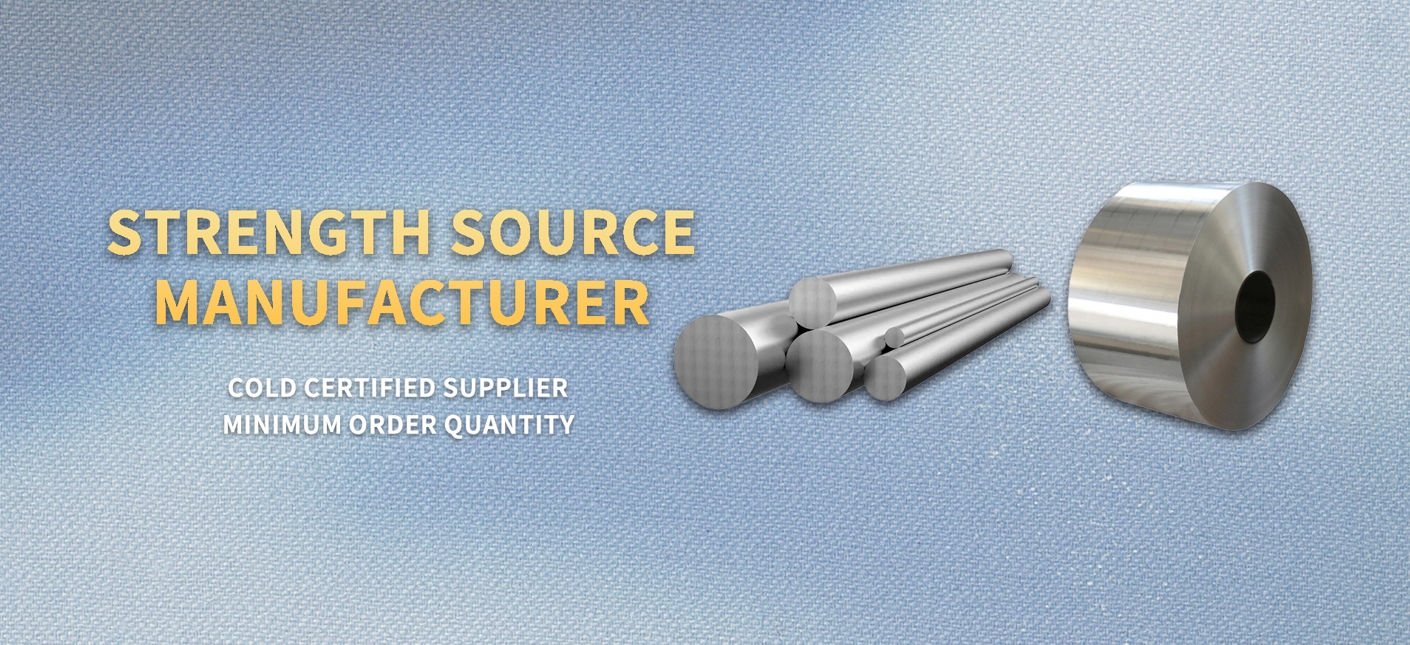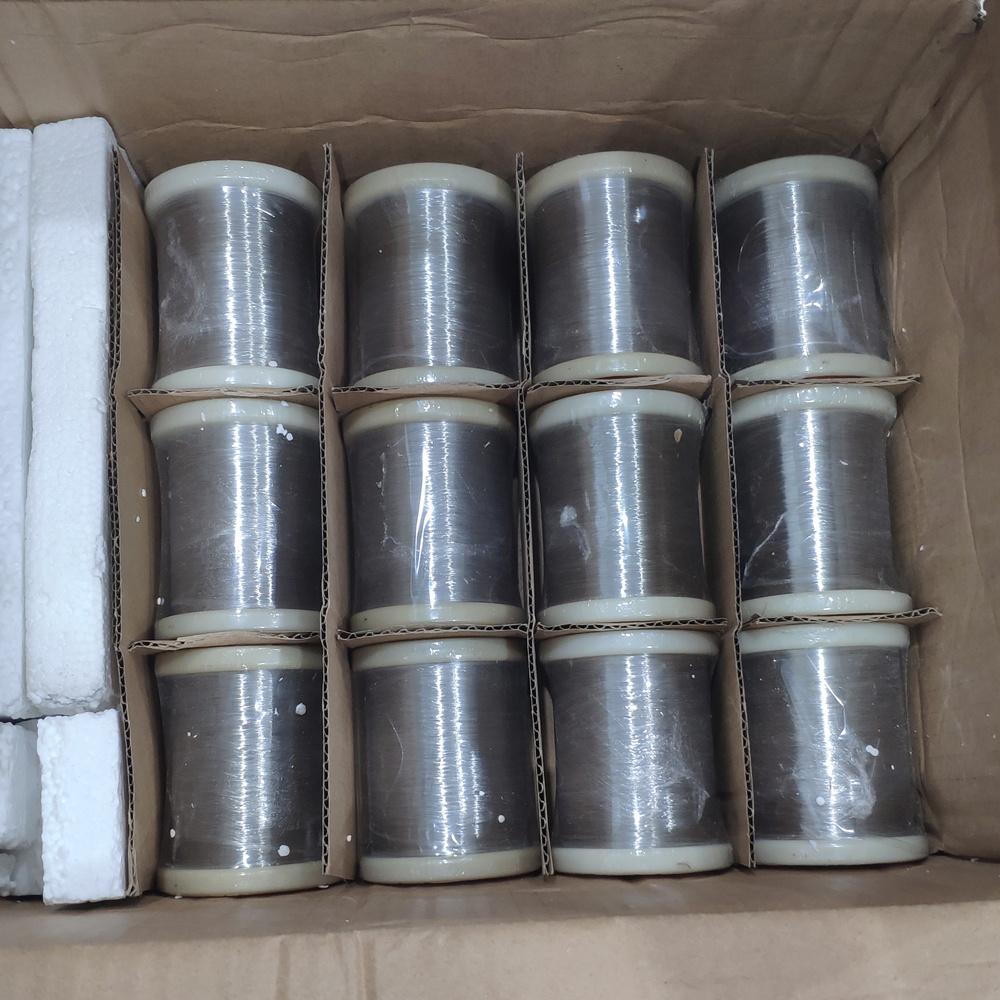CuNi44 Wire for Precision Resistance Heating Elements
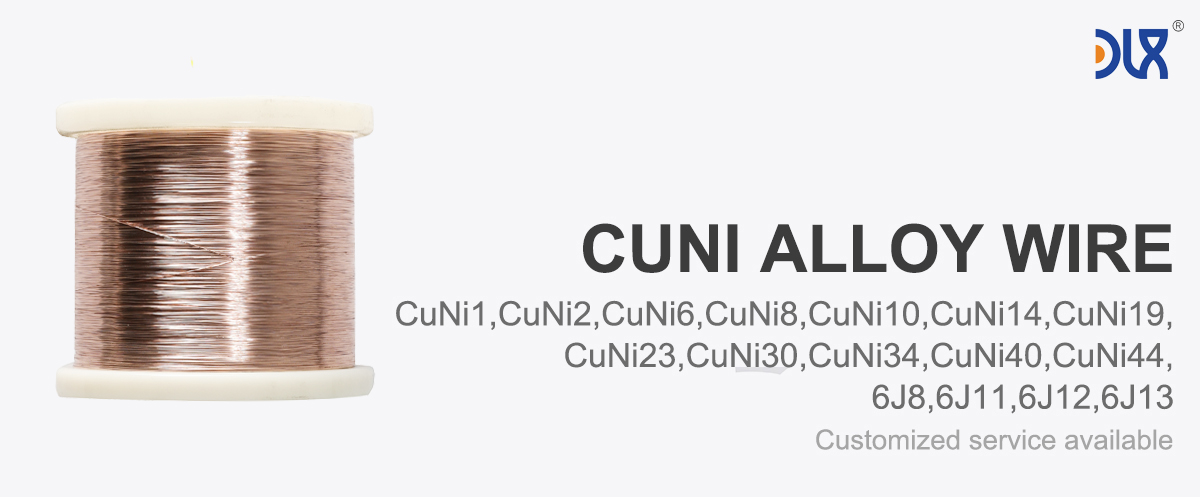
Our CuNi44 wire is a total rockstar for precision resistance heating elements, built to deliver consistent performance in the toughest industrial and household applications. This copper-nickel alloy, with about 55% copper, 44% nickel, and traces of iron and manganese, is our go-to for situations where stable electrical resistance and durability are critical. Whether it’s heating elements for industrial furnaces, household appliances, or temperature control systems, this wire keeps things running smoothly.
What makes CuNi44 wire stand out is its high electrical resistivity (~0.49 µΩ·m) and excellent stability, which ensures precise heat output without fluctuations. It’s perfect for applications where you need reliable, controlled heating, like in electric ovens or lab equipment. Plus, it’s corrosion-resistant, shrugging off humid, acidic, or neutral environments, which means your heating elements last longer with less maintenance.
This wire’s versatility is a big win. It’s stable up to 600°C, which is plenty for most precision heating applications, and its oxidation resistance keeps it performing even in tough conditions. Its moderate electrical conductivity (~3-4% IACS) is great for fine-tuned resistance applications, and its good mechanical strength ensures it holds up under stress. From industrial kilns to home heaters, CuNi44 delivers.
We love how easy this wire is to work with. Its excellent formability makes it a breeze to coil, bend, or shape into whatever your heating element design needs—think tight coils or custom resistors. Need a specific diameter, resistance, or finish? We can tailor it to fit your specs, ensuring smooth manufacturing and keeping your project on track.
Comparison Parameters Table
Parameter | CuNi44 Wire | CuNi30 Wire | Nichrome Wire | Kanthal Wire |
|---|---|---|---|---|
Corrosion Resistance | Very good (humid, acidic environments) | Good, slightly less than CuNi44 | Moderate, weaker in corrosive settings | Moderate, less effective in humidity |
Electrical Resistivity | High (~0.49 µΩ·m) | Moderate (~0.30 µΩ·m) | High (~1.10 µΩ·m) | High (~1.45 µΩ·m) |
Thermal Stability | High (up to 600°C) | High (up to 500°C) | Very high (up to 1200°C) | Very high (up to 1400°C) |
Mechanical Strength | Good, moderate ductility | Good, higher ductility | Moderate, brittle at high temps | Moderate, brittle at high temps |
Formability | Excellent, easy to shape and coil | Excellent, very workable | Good, harder to form | Good, harder to form |
Cost | Moderate, higher than CuNi30 | Lower than CuNi44 | Moderate, comparable to CuNi44 | Higher than CuNi44 |
Typical Applications | Precision heating elements, resistors | Marine cables, low-resistance heaters | Industrial furnaces, toasters | High-temp furnaces, kilns |
Durability | Long lifespan, stable resistance | Long, slightly less stable | Long, varies at extreme temps | Long, excellent at high temps |
The heating element industry’s all about materials that are reliable, efficient, and sustainable, and CuNi44 wire checks every box. It’s recyclable, which is awesome for eco-friendly projects, and its long lifespan means less waste from replacements. With demand for energy-efficient appliances and industrial heating systems growing—think smart home tech and green manufacturing—CuNi44’s precision and durability are more critical than ever. Its low maintenance aligns with the trend toward cost-effective, sustainable solutions.
Parameter:

Properties Material | Resistivity 200c μΩ.m | Max working temperature (℃) | Tensile strength (Mpa) | Melting point (℃) | Density (g/cm3) | TCR *10-6/℃ (20-600℃) | EMF vs Cu (μV/℃) (0-100℃) |
0.03 | 200 | 210 | 1085 | 8.9 | <100 | -8 | |
CuNi2 | 0.05 | 200 | 220 | 1090 | 8.9 | <120 | -12 |
CuNi6 | 0.1 | 220 | 250 | 1095 | 8.9 | <60 | -18 |
CuNi8 | 0.12 | 250 | 270 | 1097 | 8.9 | <57 | -22 |
0.15 | 250 | 290 | 1100 | 8.9 | <50 | -25 | |
CuNi14 | 0.2 | 300 | 310 | 1115 | 8.9 | <30 | -28 |
CuNi19 | 0.25 | 300 | 340 | 1135 | 8.9 | <25 | -32 |
CuNi23 | 0.3 | 300 | 350 | 1150 | 8.9 | <16 | -34 |
CuNi30 | 0.35 | 350 | 400 | 1170 | 8.9 | <10 | -37 |
CuNi34 | 0.4 | 350 | 400 | 1180 | 8.9 | 0 | -39 |
CuNi44 | 0.5 | 400 | 420 | 1200 | 8.9 | <-6 | -43 |
Size Range | |
Wire | 0.08-7.5mm |
Ribbon | (0.05-0.35)*(0.5-6.0)mm |
Strip | (0.50-2.5)*(5-180)mm |
Rod | 8-50mm |
For more details, pls directly contact us.
Our CuNi44 wire sets the standard because we’re all about quality, customization, and customer success. We offer a wide range of diameters, resistances, and finishes, with fast delivery for both small and large orders. Our team dives into your project, optimizing the wire for your precision heating elements to ensure maximum stability and corrosion resistance. We keep pricing competitive, especially for bulk orders, without skimping on quality. Our sustainable production process uses recyclable materials, aligning with green industry trends. Plus, our hands-on support means you’re always covered—whether it’s technical guidance or a custom solution, we make it happen.
Compared to other materials, our CuNi44 wire is a clear winner. CuNi30 is more conductive but less stable for precision heating applications. Nichrome can handle higher temperatures but struggles with corrosion in humid environments, unlike CuNi44. Kanthal is great for extreme heat but pricier and less formable. Our wire is the go-to for precision resistance heating elements.
We craft our CuNi44 wire to meet strict standards like ISO 9001, ensuring quality you can trust every time. Whether you’re building heating elements for industrial furnaces or resistors for household appliances, this wire’s ready to perform. Got a unique spec in mind? Let us know, and we’ll make it happen.

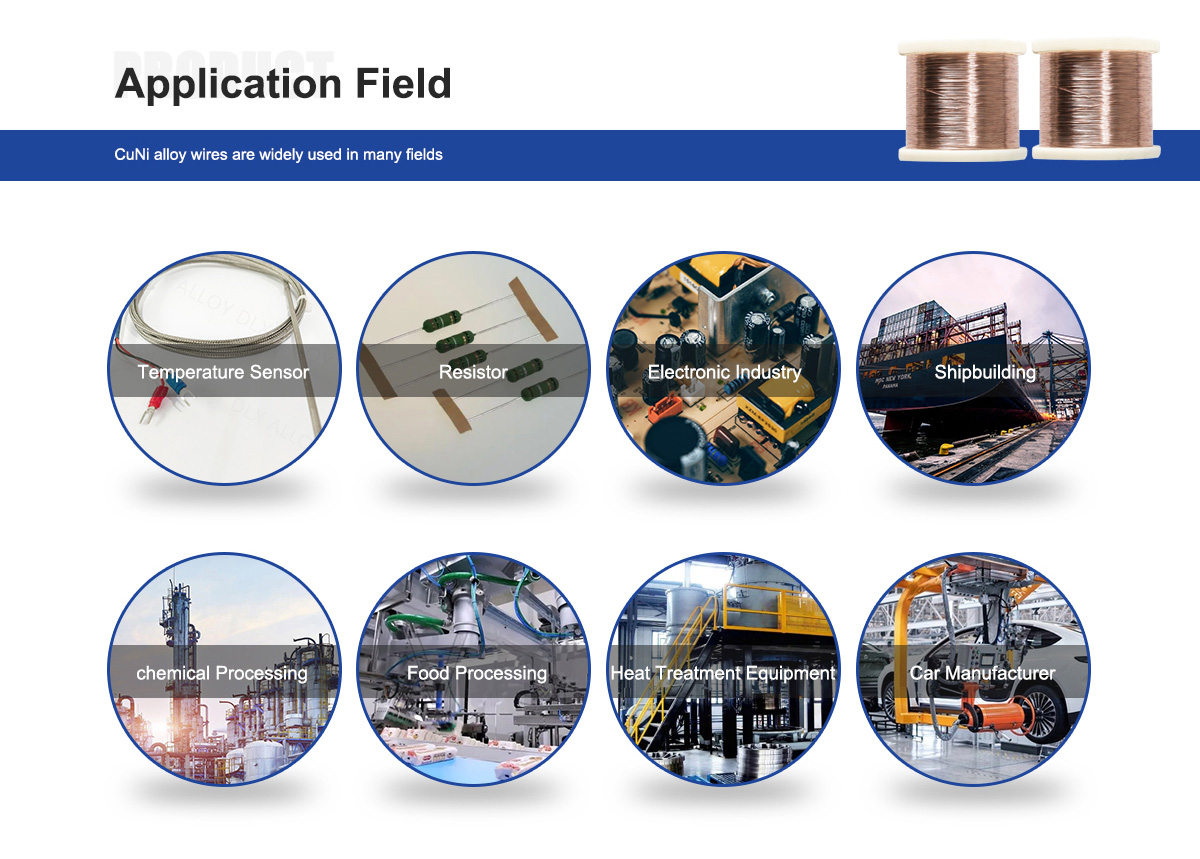
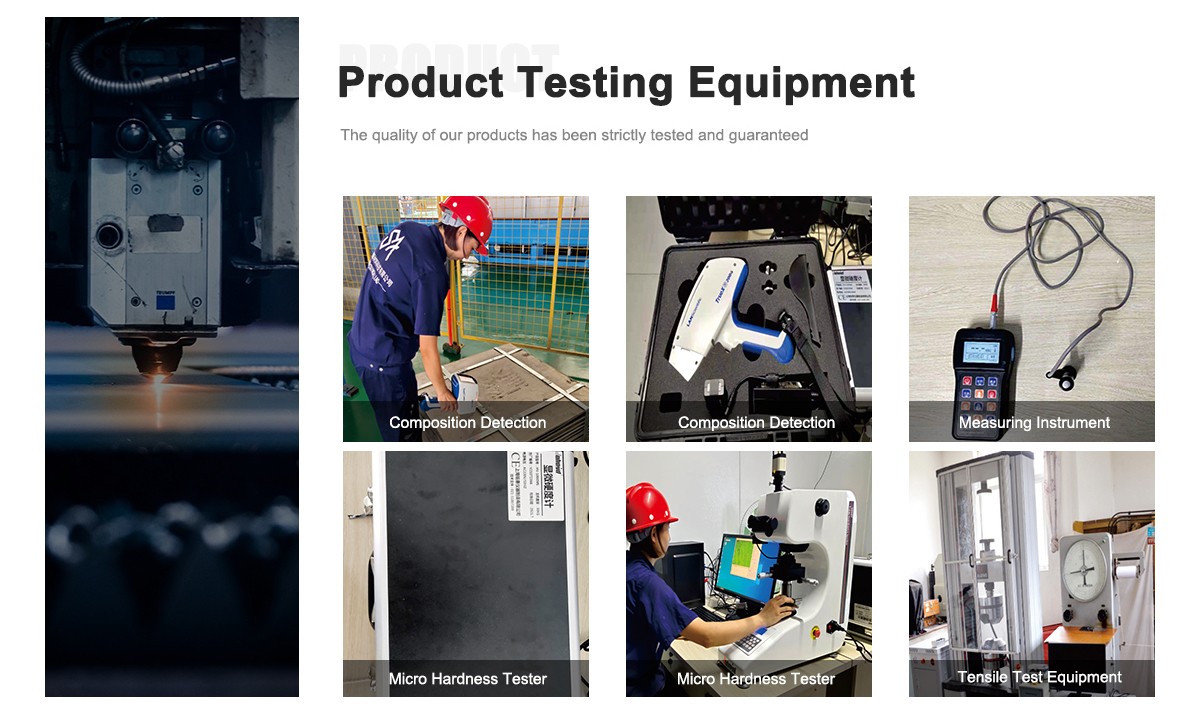
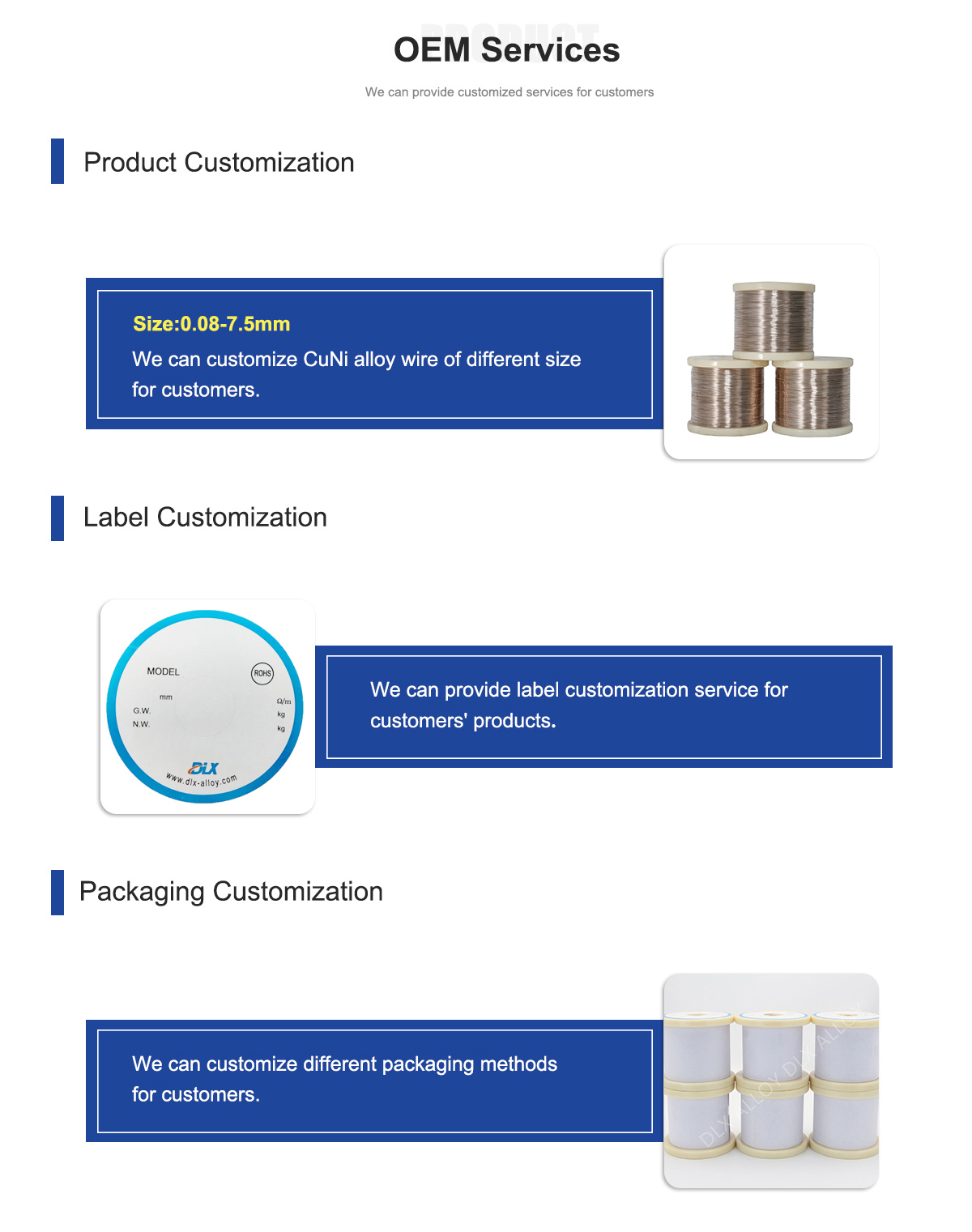
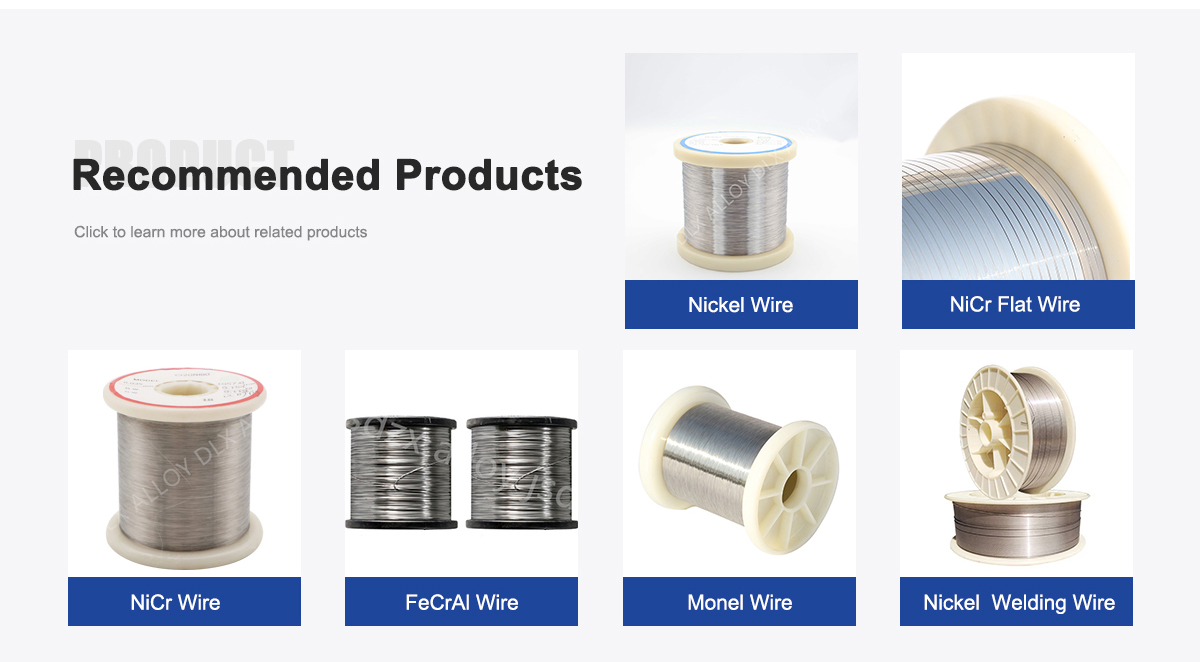
About Us:
Our 12,000㎡ factory is equipped with complete capabilities for research, production, testing, and packaging. We strictly adhere to ISO 9001 standards in our production processes, with an annual output of 1,200 tons. This ensures that we meet both quantity and quality demands. Furthermore, all products undergo rigorous simulated environment testing including high temperature, high pressure, and corrosion tests before being dispatched, ensuring they meet customer specifications.
For all our clients, we offer timely and multilingual after-sales support and technical consulting, helping you resolve any issues swiftly and efficiently.
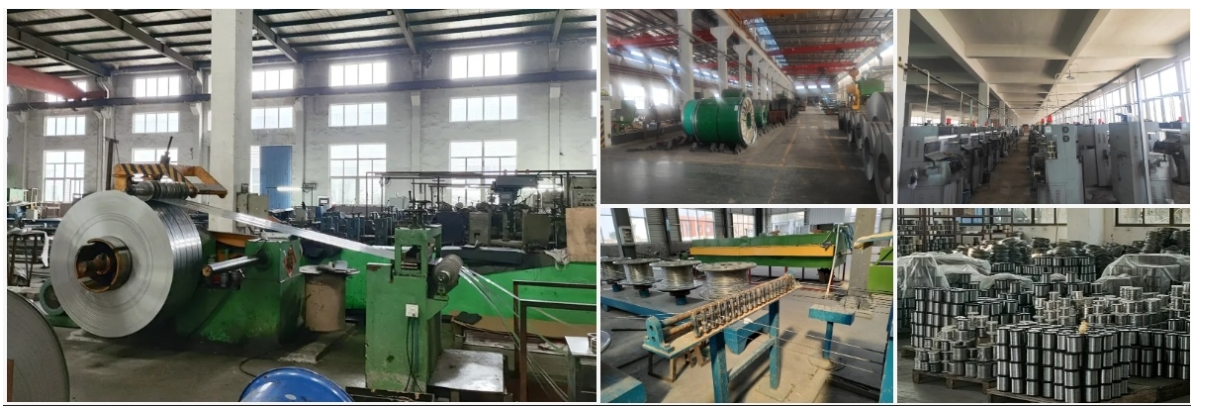
Client Visits
Building Stronger Partnerships
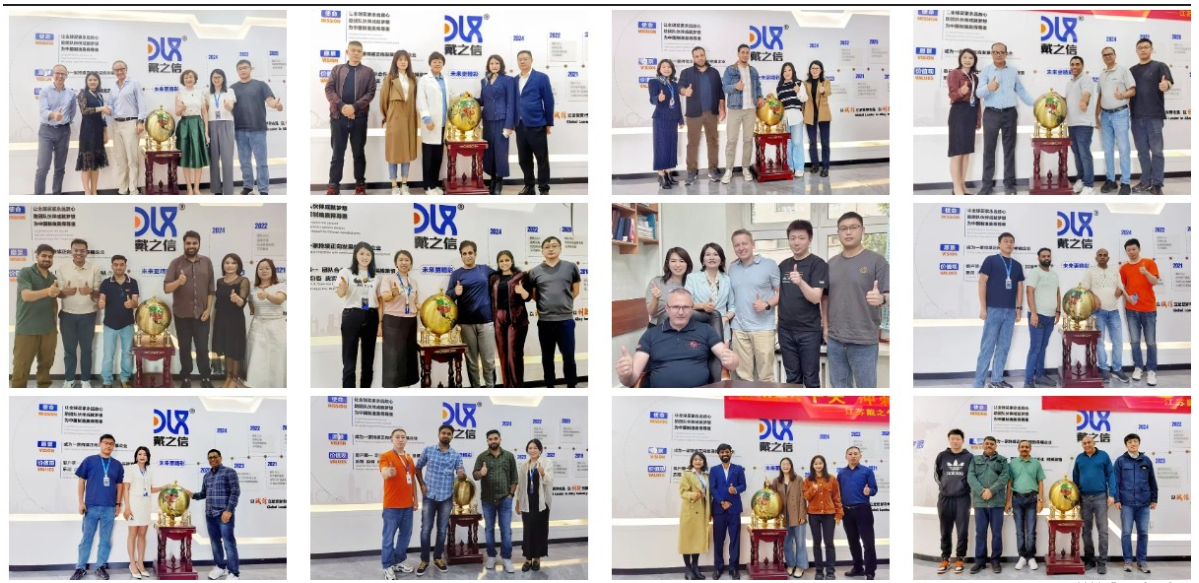
We support all kinds of testing:
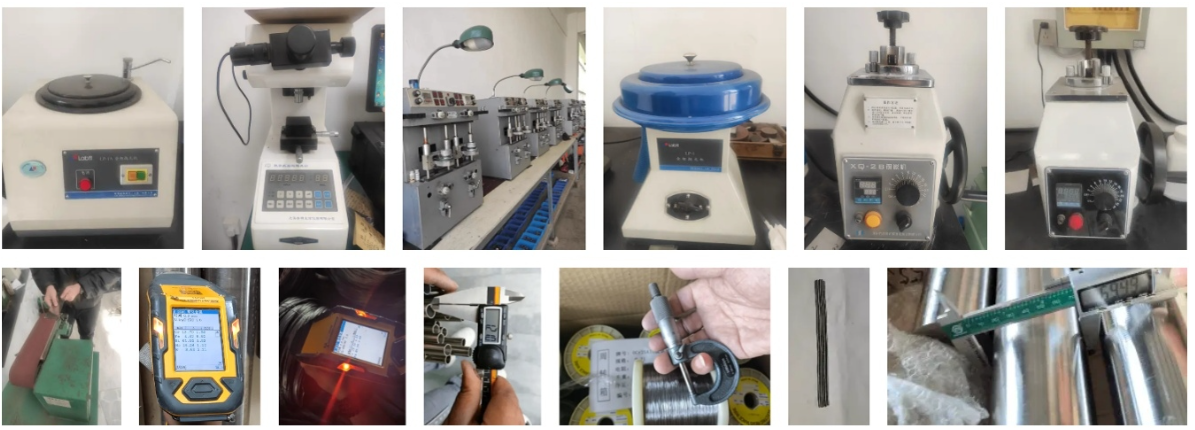
FAQs:
What is CuNi44 wire made of?
It’s a copper-nickel alloy with about 55% copper, 44% nickel, and traces of iron and manganese for stability and resistance.What are the main uses for CuNi44 wire in heating elements?
It’s used for precision resistance heating elements in industrial furnaces, household appliances, and temperature control systems.How does CuNi44 wire perform in high-temperature environments?
It’s a champ, maintaining stable resistance up to 600°C with excellent oxidation resistance.Is CuNi44 wire corrosion-resistant?
Yep, it resists corrosion in humid, acidic, and neutral environments, perfect for long-lasting heating elements.Is CuNi44 wire cost-effective?
It’s pricier than pure copper, but its durability and consistent performance in heating applications make it a smart choice.How does CuNi44 wire compare to CuNi30 wire?
CuNi44 has higher electrical resistance and stability, while CuNi30 is more conductive but less suited for precision heating.Can CuNi44 wire be customized?
Totally! We can adjust diameter, resistance, or finish to meet your specific heating element needs.Is CuNi44 wire environmentally friendly?
It’s recyclable, supporting green practices, and its long lifespan reduces waste from replacements.
